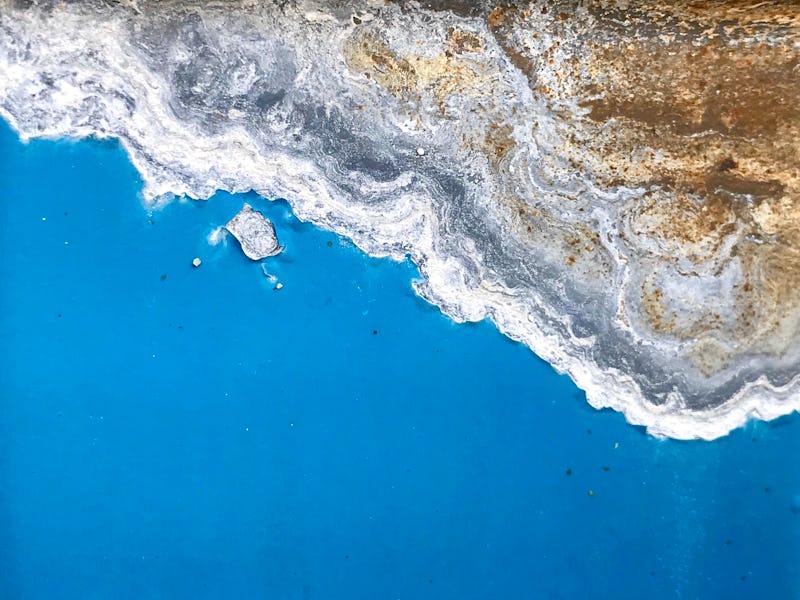"Unsurvivable" storm surge: The science of Hurricane Laura
"Devastating" doesn't begin to cover it.

This week, Thursday's daylight revealed the initial damage from category 4 Hurricane Laura, which closed in on the Gulf Coast Wednesday night. For the already ravaged southern United States, the storm is far from over.
A dangerous storm surge is underway. Here's what you need to know about this terrible weather event.
The US National Hurricane Center has described the flood waters expected to follow Hurricane Laura as "unsurvivable." The storm itself continues to whip strong winds across Louisiana and eastern Texas. It is expected to follow a path traveling northeastward. Potential for flooding will spread into Mississippi, Ohio, and up into states like Virginia and Maryland.
In Louisiana, residents who did not, or could not, evacuate face extreme danger from the storm surge ahead.
To understand why this one is predicted to be historically devastating, it helps to look at the science behind storm surges.
What is a storm surge?
Storm surge refers only to the sea level rise caused by the storm. But there's a bit more to it. Astronomy plays a role in seawater, too. Tides are caused by the sun's and moon's gravitational pull. Those factors, combined with the storm surge, are accounted for in a separate measurement called storm tide.
The highest storm tides are often observed when storms line up with a new or full moon, because that's when the sun, moon, and Earth align and gravity has its strongest effect.
What is an "unsurvivable" storm surge?
During a major storm, heavy winds push water onshore, raising seawater levels to unusually dramatic heights. A few factors affect how severe a storm surge turns out to be — the storm's size, speed, and how it's positioned on the coast line all play a role.
Following Hurricane Laura, the storm surge in states including Louisiana could reach 20 feet high. At that extreme level, even moving to upper floors of a home may not be enough to stay safe.
While coastal communities are on the front lines, the flood water is expected to push as far as 40 miles inland.
How strong is Hurricane Laura?
Hurricane Laura's massive force has already destroyed buildings and downed power lines, with winds reaching at least 150 miles per hour. A 14-year-old girl was killed after a tree fell on her family's home.
The last and only other storm to hit Louisiana with this force was in 1856. Known as the Last Island hurricane, that storm resulted in more than 200 deaths.
Hundreds of thousands of people evacuated Louisiana and Texas ahead of the storm to avoid danger and damages. Beyond heavy winds and destruction, though, the storm surge and power outages pose great danger to residents. There are already more than 100,000 people without power in the two states hit hardest. Thousands more are affected in neighboring Mississippi and Arkansas.
In Lake Charles, Louisiana, reports of a major chemical leak could wreak further havoc.
The dangerous storm surge incoming is a somber reminder of the damage Hurricane Katrina laid on the Gulf coast, and Louisiana in particular, in August 2005. Fifteen years later, global warming has worsened extreme events like hurricanes and floods.
Heading into the weekend — The storm is, thankfully, weakening. It was classified as category 4 when it made landfall Wednesday through Thursday, but was subsequently degraded to category 2. As Thursday progresses, it appears to have weakened into a tropical storm as it moves inland. But the full extent of the damage Hurricane Laura will leave behind remains to be seen.